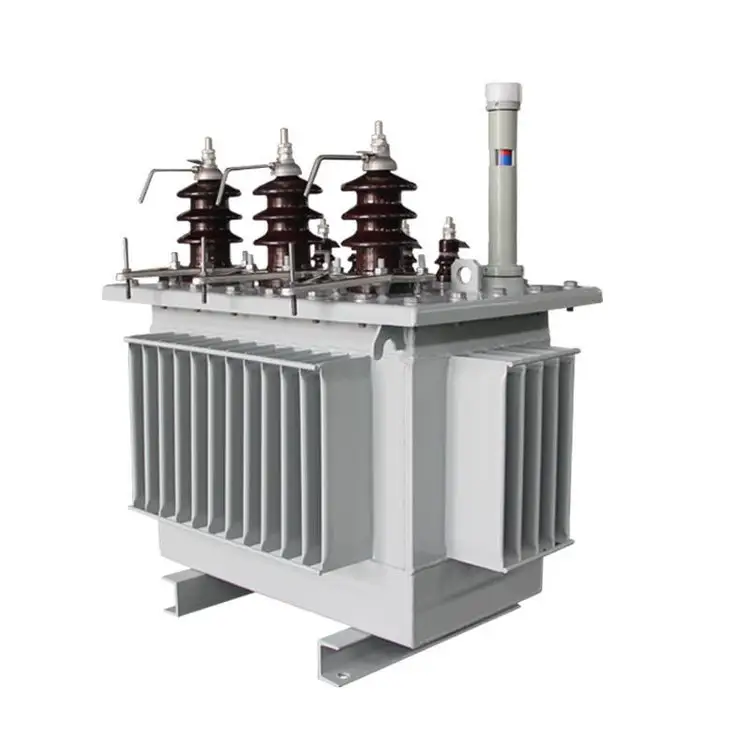接地棒が現代インフラストラクチャにおける電気安全性を高める方法
技術の進化に伴い、電気システムには新たな重大なリスクが出現し、電気安全は今日、最優先事項となっています。ロッドはシステムおよび構造物における電気故障やサージを防止する用途に使用されています。
さらに表示

電力配分用変圧器は、適切な電圧と電力調整のための非常に効率的な電気機器です。信頼できる科学機関と提携している昆辺電力機器では、基準を満たすだけでなく、それを超える変圧器を開発しています。最高の運用特性は、高い効率を達成するのに役立ちます。産業用、商業用、または住宅用であっても、私たちの変圧器は、さまざまなエネルギー需要に応じたバランスと強さを達成するのに役立ちます。




著作権 © 2024 Kunbian Power Equipment (Shandong) Co., Ltd. 所有。